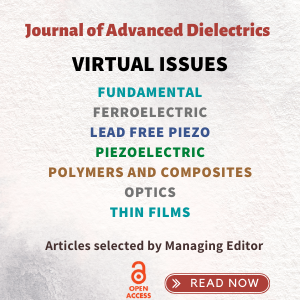Readers will find many practical applications of pyrolysis-GC/MS as well as R&D usage in this newly revised and expanded edition. Detailed experimental descriptions for the identification of synthetic polymers and copolymers are included. This volume presents the current state of analytical pyrolysis, and contains full identification of several classes of polymers/copolymers and biopolymers that readers will find helpful. Structures and functions of various types of pyrolyzers are explored, as well as the results of the pyrolysis–gas chromatographic–mass spectrometric identification of synthetic polymers/copolymers and biopolymers at 700°C.
Practical applications of this hyphenated technique, detailing the analysis of microplastics, failure analysis in the automotive industry and solutions for technological problems are provided. Numerous practical applications of pyrolysis-GC/MS, for industrial and R&D usage, will be of benefit to Chemists and Engineers, as well as for students of Chemistry and Polymer Sciences.
Sample Chapter(s)
Preface to the Second Edition
1: Introduction
Contents:
- Preface to the Second Edition
- About the Author
- Acknowledgments to the Second Edition
- Introduction
- Apparatus in Analytical Pyrolysis
- Degradation Mechanisms of Polymers
- Pyrolysis–Gas Chromatography/Mass Spectrometry of Different Classes of Synthetic Polymers and Copolymers
- Py–GC/MS of Biopolymers
- Other Approaches and Developments of the Analytical Pyrolysis
- Practical Applications of Pyrolysis–GC/MS
- Practical Course in Analytical Pyrolysis–Gas Chromatography/Mass Spectrometry of Polymers: Handout for the Students and Instructors of Chemistry and Materials Science
- Conclusions
- References
- Appendices
- Index
Readership: Suitable for Students of chemistry and materials science and those working in the following industries; Chemical, Plastic, Rubber, Paint, Automotive & Packagaing. Also useful for labs in Environmental analysis; Micro(nano)plastics identification; Biopolymer identification; Food analysis.




